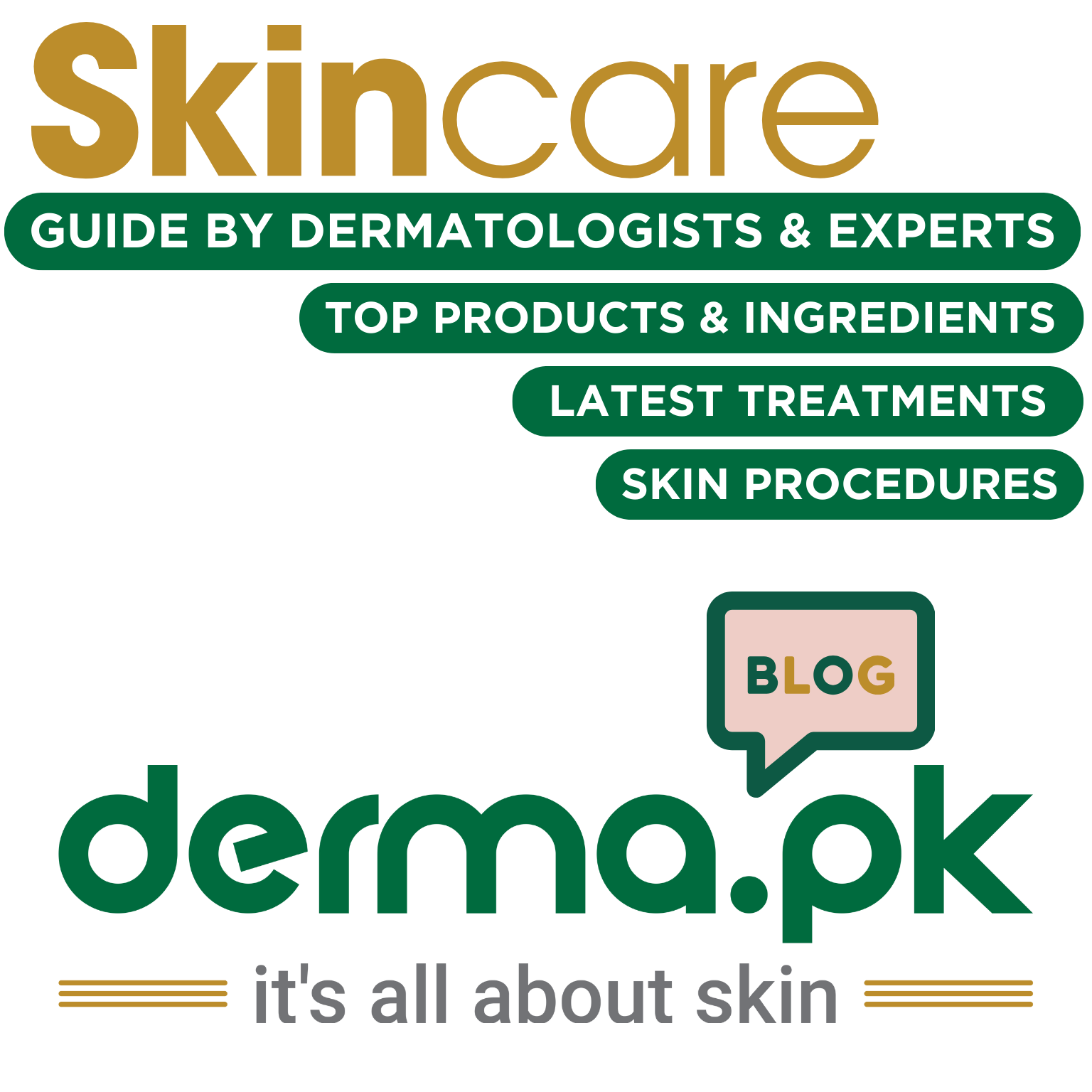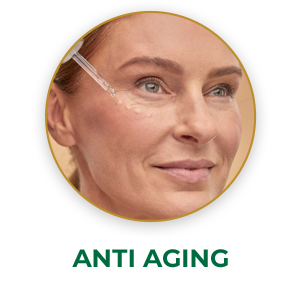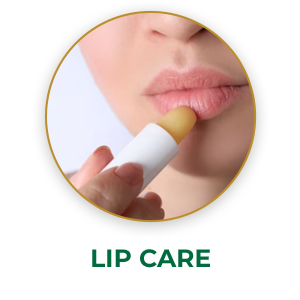A chemical peeling is a cosmetic treatment that uses a chemical solution to exfoliate the skin and improve its appearance. The solution is applied to the face and neck, and it causes the top layer of skin to peel off. This reveals the new, underlying skin, which is usually smoother and less wrinkled.
Chemical peels can be used to treat a variety of skin problems, including:
- Acne
- Acne scars
- Age spots
- Sun damage
- Fine lines and wrinkles
- Uneven skin tone
- Enlarged pores
There are three main types of chemical peels:

- Superficial peels are the mildest type of peel. They only remove the outermost layer of skin. Superficial peels are often used to treat acne, blackheads, and uneven skin tone.
- Medium-depth peels remove the top and middle layers of skin. They are used to treat wrinkles, sun damage, and acne scars.
- Deep peels remove the top, middle, and bottom layers of skin. They are used to treat deep wrinkles, scars, and precancerous lesions.
Side effects of chemical peeling:
The side effects of chemical peels can vary depending on the type of peel used (superficial, medium, deep) and your individual skin type. Here’s a breakdown of potential side effects for each type:
Superficial Peels:
- Common:
- Redness, stinging, and burning: These usually last for a few days but can be managed with cold compresses and moisturizing.
- Peeling: This is the expected outcome and typically lasts for 3-5 days. Apply moisturizer to keep the skin hydrated and prevent scabbing.
- Dryness: Use gentle, fragrance-free moisturizers to combat dryness.
- Less common:
- Hyperpigmentation (darkening of the skin): This is more likely in people with darker skin tones. Sun protection is crucial afterwards.
- Hypopigmentation (lightening of the skin): Less common, but can occur. Talk to your dermatologist about evening out skin tone if needed.
Medium-Depth Peels:
- Common:
- Redness, swelling, and burning: These can be more intense than with superficial peels and last for 5-7 days.
- Crusting and scabbing: The skin will form scabs as it heals, which should not be picked at.
- Increased sun sensitivity: Sunscreen is vital for at least 6 months after a medium peel.
- Less common:
- Scarring: While rare, it’s important to choose a qualified dermatologist to minimize risk.
- Infection: Proper aftercare and hygiene are crucial to prevent this.
Deep Peels:
- Common:
- Severe redness, swelling, and burning: These can last for several weeks and require pain management.
- Thick scabbing and oozing: These are normal during healing but need careful monitoring for infection.
- Permanent changes in skin color: Hyperpigmentation or hypopigmentation are more likely with deep peels.
- Less common:
- Heart, liver, or kidney damage: This is very rare but a potential risk of the phenol used in some deep peels.
Additional risks for all types of peels:
- Reactivation of cold sores: If you have a history of herpes simplex, inform your dermatologist and take preventative medication if needed.
- Allergic reactions: Patch testing may be recommended before the peel, especially for individuals with sensitive skin.
Remember, individual results and side effects may vary. Consult a board-certified dermatologist to discuss your specific concerns and determine the best type of peel for your skin type and goals. They can also advise on proper aftercare to minimize risks and optimize results.

Chemical Peeling: A Powerful Weapon Against Acne and Scars
Chemical peels are a popular cosmetic treatment that uses a chemical solution to exfoliate the outer layers of skin, revealing smoother, clearer skin underneath. They can be a powerful tool for addressing acne and acne scars, but it’s important to understand the different types of peels and how they work to choose the right one for your needs.
How Chemical Peeling Tackle Acne and Scars:
- Exfoliation: By removing dead skin cells and unclogging pores, peels can help prevent breakouts and promote smoother texture.
- Collagen Stimulation: Deeper peels stimulate collagen production, which can plump up the skin and reduce the appearance of acne scars.
- Pigmentation Improvement: Peels can also help fade hyperpigmentation (dark spots) left behind by acne.
Types of Chemical Peeling for Acne and Scars:
- Superficial Peels: These gentle peels use AHAs (alpha hydroxy acids) like glycolic or lactic acid to target the outermost layer of skin. They’re effective for mild acne, blackheads, and uneven skin tone.
- Medium-Depth Peels: These peels penetrate deeper, using acids like TCA (trichloroacetic acid) to reach the middle layer of skin. They’re effective for moderate acne, sun damage, and deeper acne scars.
- Deep Peels: These strongest peels reach the deepest layer of skin and are typically used for severe acne scarring, wrinkles, and precancerous lesions. They require more extensive recovery time and carry a higher risk of side effects.
Choosing the Right Peel for You:
The best type of peel for you depends on your skin type, the severity of your acne and scars, and your desired results. Consulting a board-certified dermatologist is crucial to determine the best approach and ensure safe and effective treatment.
Benefits of Chemical Peels for Acne and Scars:

- Improved skin texture and clarity
- Reduced acne breakouts
- Faded acne scars and hyperpigmentation
- Smoother, brighter appearance
- Boosted collagen production for long-term benefits
Side Effects and Risks:
Chemical peels can cause temporary side effects like redness, stinging, peeling, and increased sun sensitivity. In rare cases, more serious side effects like infection, scarring, and changes in skin color can occur. Discuss your concerns with your dermatologist to understand the potential risks and how to minimize them.
Remember:
- Chemical peels are not a one-time solution. Maintaining results may require regular treatments.
- Sun protection is essential after any peel to prevent further damage and hyperpigmentation.
- Choose a qualified dermatologist with experience in chemical peels for optimal results and minimized risks.
Ready to Unveil Your Best Skin?
Chemical peels can be a game-changer for those struggling with acne and acne scars. By understanding the different types, benefits, and risks, you can make an informed decision about whether this treatment is right for you. Consult your dermatologist to create a personalized plan for achieving your radiant, scar-free glow!
Chemical peeling for skin tone:

Chemical peels can be a fantastic tool for improving skin texture and tone, offering a refreshed and radiant appearance. Here’s a breakdown of how they work and the types suitable for texture and tone:
How Chemical Peels Refine Texture and Tone:
- Exfoliation: Peels remove dead skin cells and debris, revealing smoother, brighter skin underneath. This evens out texture and enhances light reflection, improving overall tone.
- Collagen Stimulation: Deeper peels stimulate collagen production, which plumps up the skin, reduces fine lines and wrinkles, and creates a firmer texture.
- Pigmentation Targeting: Peels can even out uneven skin tone by addressing hyperpigmentation (dark spots) and improving sun damage, resulting in a more uniform complexion.
Types of Peels for Texture and Tone:
- Superficial Peels: Ideal for mild texture concerns like rough patches, enlarged pores, and dullness. AHAs like glycolic acid gently exfoliate and brighten the skin.
- Medium-Depth Peels: These target deeper concerns like moderate sun damage, uneven tone, and fine lines. Acids like TCA reach the middle layers, promoting collagen and improving texture.
- Lightening Peels: Specialized peels containing kojic acid or hydroquinone address hyperpigmentation and melasma, resulting in a more even skin tone.
Choosing the Right Peel:
Your skin type, severity of concerns, and desired results determine the best peel. Consulting a dermatologist is crucial to assess your skin and recommend the safest and most effective treatment.
Benefits of Peels for Texture and Tone:
- Smoother, more refined skin texture
- Reduced appearance of fine lines and wrinkles
- Improved skin tone and brightness
- Reduced pore size and appearance
- Faded hyperpigmentation and sun damage
Considerations:
- Peeling and redness are expected temporary side effects.
- Sun protection is vital after any peel to prevent hyperpigmentation.
- Regular peels may be needed to maintain results.
- Choose a qualified dermatologist for optimal results and risk mitigation.

Chemical Peeling for Melasma:
Chemical peels can be a valuable tool in your fight against melasma, those stubborn patches of hyperpigmentation on your skin. However, navigating the types and their effectiveness requires some knowledge. Here’s a breakdown:
How Chemical Peels Can Help with Melasma:
- Exfoliation: Peels remove the top layers of skin, including the pigmented cells contributing to melasma. This reveals newer, less pigmented skin underneath.
- Tyrosinase Inhibition: Certain peel ingredients, like kojic acid and arbutin, block the enzyme tyrosinase responsible for melanin production, reducing further pigmentation.
- Stimulation: Deeper peels trigger collagen production, which thickens the skin and can help camouflage underlying melasma.
Types of Peels for Melasma:
- Glycolic Acid Peels: A gentle option good for mild melasma and evening out overall skin tone.
- Mandelic Acid Peels: Suitable for sensitive skin, mandelic acid peels target melasma effectively with minimal irritation.
- Jessner Peels: Combining resorcinol, lactic acid, and salicylic acid, Jessner peels are effective for moderate melasma.
- TCA Peels: Trichloroacetic acid peels penetrate deeper, addressing deeper melasma but requiring more post-procedure care.
- Cosmelan Peel: This specialized peel combines pre-peel products and an in-office treatment, offering significant melasma improvement but with higher cost and potential side effects.
- Choosing the Right Peel:
- Consulting a dermatologist is crucial, as they can assess your melasma type, skin type, and medical history to recommend the most effective and safe peel.
Benefits of Peels for Melasma:
- Reduced melasma appearance and even skin tone
- Improved skin texture and overall radiance
- Non-invasive and relatively quick treatment
Considerations:
- Peeling, redness, and sun sensitivity are common side effects.
- Sunscreen use is essential post-peel to prevent melasma darkening.
- Multiple peels may be needed for optimal results.
- Risks like scarring and infection are rare but possible.
Remember: Melasma is a complex condition influenced by hormones and sun exposure. While chemical peels can be effective, other treatments like topical medications and laser therapy may also be necessary for long-term management.
Conclusion:
By discussing your concerns with a dermatologist and choosing the right chemical peel, you can take a significant step towards a clearer, more even complexion.
Derma and Dental Clinic:
Derma & Dental Clinic stands out with its team of experienced doctors backed by scientific evidence in their chosen fields. Their diverse range of medical-grade procedures offer tailored solutions for various skin and dental needs. You can confidently book your consultation online or by phone and embark on your journey towards healthier skin and a radiant smile.
Location: Bahria Town, Lahore
Specialties: Dermatology and Dental Care
Website: Derma.pk
For Consultation:
- Online at Dermatology.pk
- WhatsApp: +923205999650
- Phone: 03041115000




















[…] Chemical Peeling: Get Glowing Skin You Deserve […]
You completed a number of nice points there. I did a search on the issue and found nearly all people will have the same opinion with your blog.